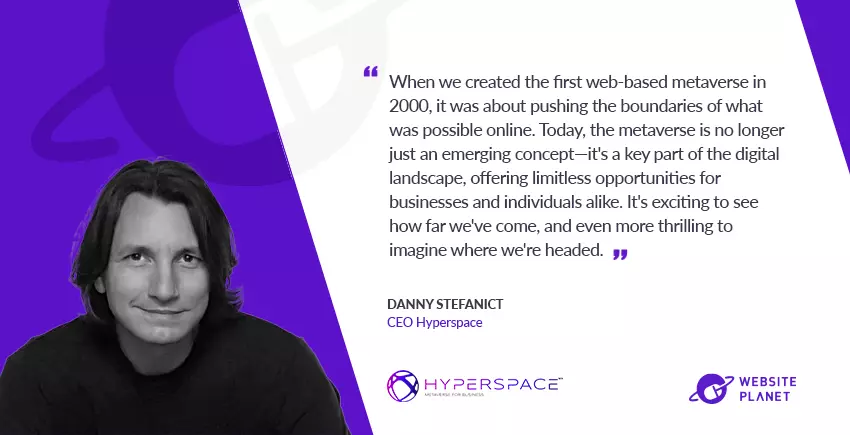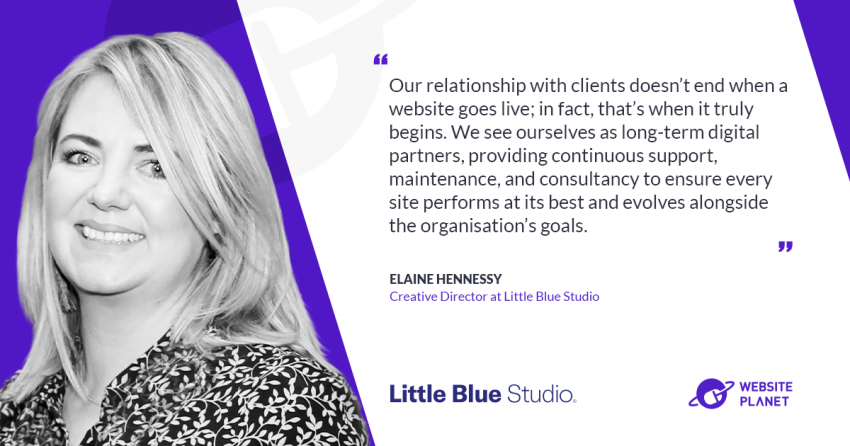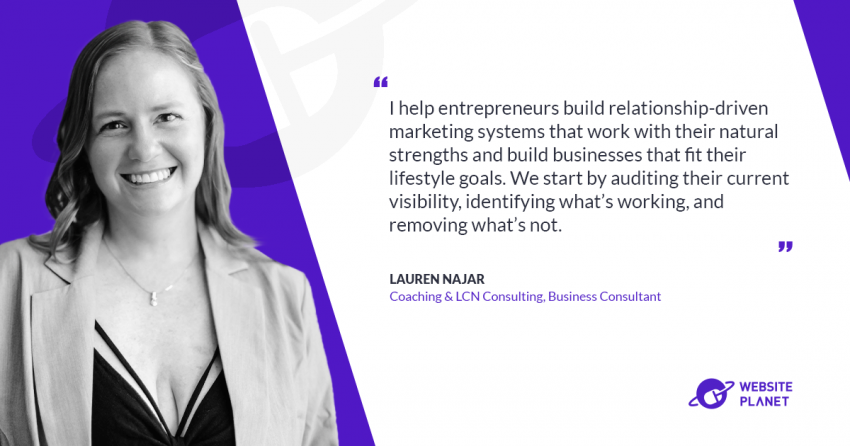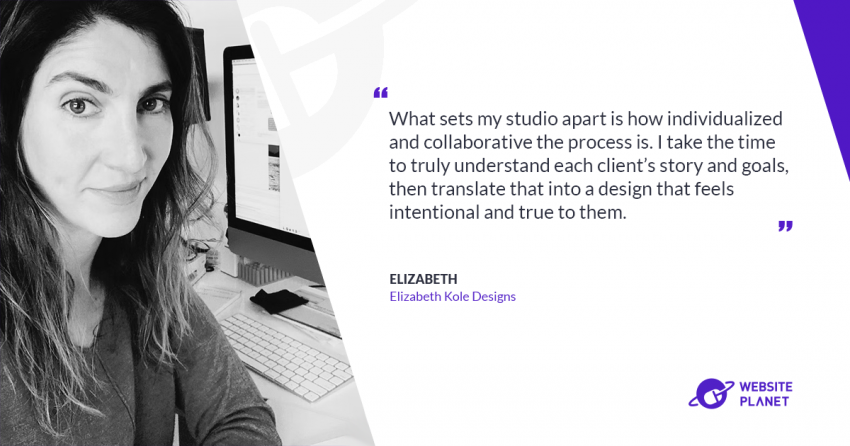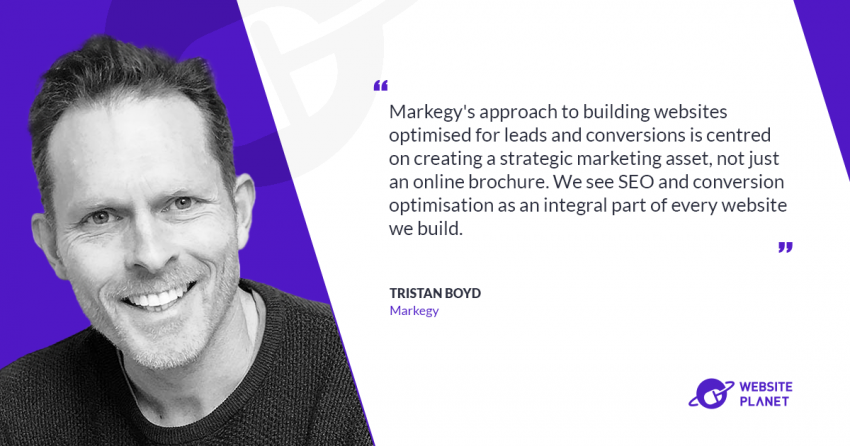In this interview series by Website Planet, I talk to executives from the best digital companies, who share their stories, tips and perspectives on what it really takes to create a successful website and online business.
A deep dive into decades of hands-on experience and technical expertise to learn untold truths and practical advice that will immediately help you build and grow your website.
Danny Stefanic is CEO and Founder of the Hyperspace Metaverse Platform. He is renowned for creating the world’s first metaverse and is considered a pioneer in the Metaverse for Business field, having been involved in the creation of ground-breaking 3D ventures for over 30 years.
He is also the founder of the world’s first spatial AI learning experience platform – LearnBrite, MootUp – the 3D Metaverse Virtual Events Platform, and founder of 3D internet company ExitReality – the world’s first web metaverse. On top of his corporate roles, he has assisted companies with angel investment, international licensing, acquisitions, exits, managing distributed teams, and has personally closed IP acquisitions valued at $85MM.
What are some of the most common misconceptions businesses have about the metaverse?
I’d say there are four main misconceptions about the metaverse:
It’s only for gaming or entertainment
While gaming and entertainment were early adopters, the metaverse is now expanding into sectors like education, healthcare, and corporate training, with applications far beyond just entertainment..
It’s very expensive or requires a massive upfront investment
Many businesses assume they need to invest heavily to enter the metaverse. However, platforms like Hyperspace make it accessible, allowing companies to start small and scale over time without a huge initial cost.
It’s not here to stay, that it’s just a passing trend
Some believe the metaverse is a temporary fad, but it’s actually the result of decades of technological development. Its integration into various industries is accelerating, and it’s becoming an essential part of the digital landscape.
The metaverse is something entirely new
While it may seem new to many, the concepts and technologies behind the metaverse have been evolving for years. Having worked in this industry for over two decades, including creating the first web-based metaverse in 2006, I can attest that the metaverse is a natural progression of existing innovations, not a sudden novelty. In fact, sometimes I think that myself and others who have been in the industry for as long—or longer—than I have, have probably forgotten more than what is currently known about it!
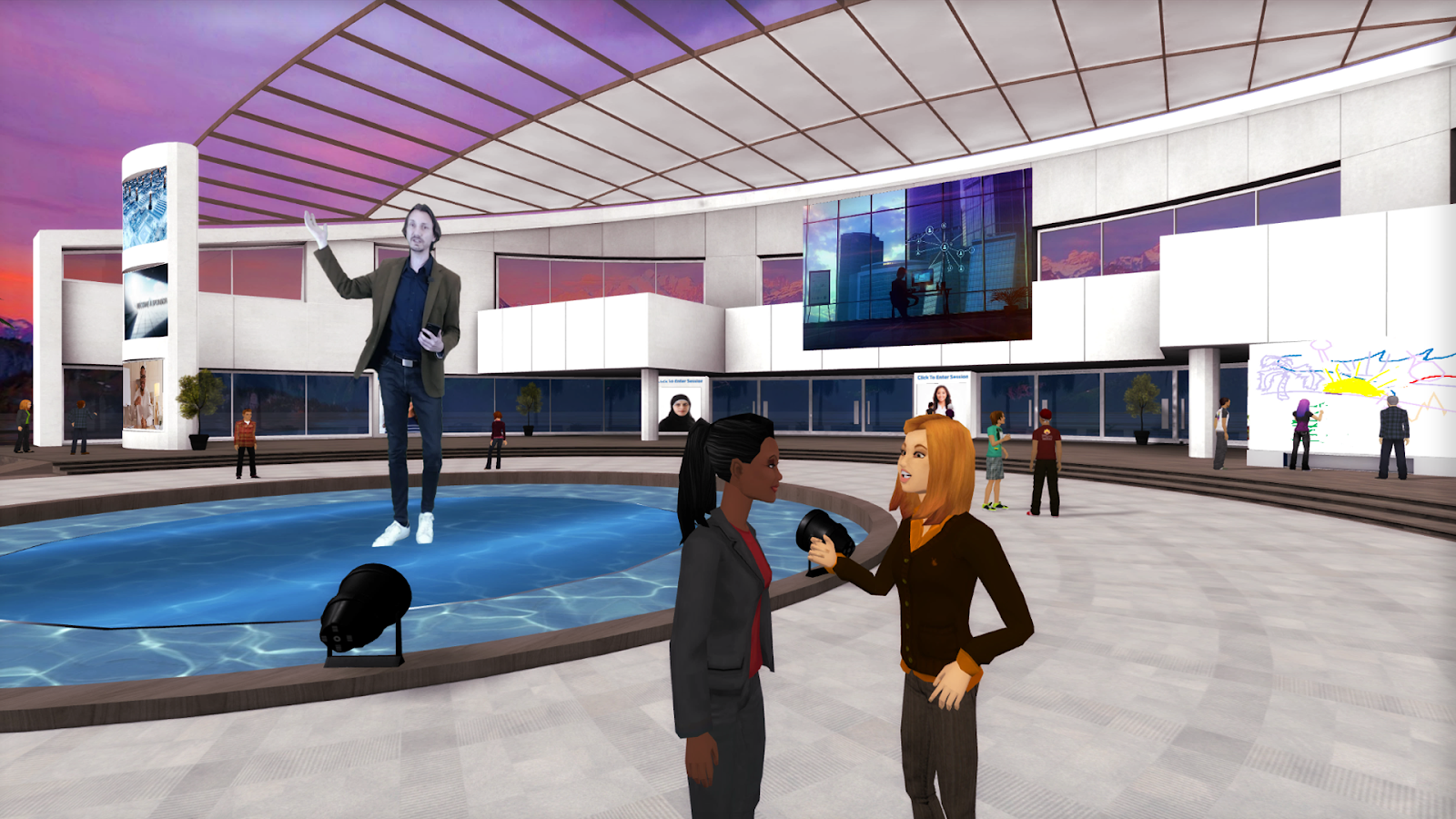
The idea of entering the metaverse seems interesting but overwhelming to many companies. What are some practical tips for businesses that are just starting out?
It really depends on what you’re looking to do. When venturing into the metaverse, unless you have a clearly defined starter project, e.g. a virtual or hybrid event, or employee onboarding, it’s important for businesses to start small and scale gradually.
At Hyperspace, we’ve designed the platform to move beyond traditional online experiences, making the metaverse accessible and practical for business operations of all sizes. The platform is easily accessible on any device through a simple URL, and it’s built on open standards to ensure broad compatibility and ease of use.
For companies just starting out, we recommend focusing on creating engaging and interactive experiences that resonate with your audience. Begin by incorporating elements that are easy to implement, such as virtual meetings or basic training modules and experiences then build on that.
As you become more comfortable with the technology, you can start integrating advanced features like virtual reality environments or AI-driven analytics to personalize the user experience. This phased approach allows teams to grow with the technology, ensuring a smooth transition into the metaverse while maximizing the impact on your operations.
Are there any specific industries or types of businesses that you think are particularly well-suited for early adoption of metaverse strategies? Can you share examples of companies that have successfully started small and scaled over time?
There’s no one-size-fits-all approach to the metaverse, but certain industries are particularly well-suited for early adoption—especially those requiring interactive, hands-on learning and training environments.
In the education sector, Curtin University, which has partnered with Hyperspace for over 8 years, have leveraged Hyperspace to create immersive physiotherapy training simulations, such as virtual home and hospital visits. Their innovative Virtual Home Visit (VHV) Training Tool even earned the Teaching and Learning Award.
Similarly, Washburn University has used Hyperspace for over 3 years to enhance psychiatric mental health education, using mainly the platform’s virtual reality features. These virtual environments allow students to practice complex procedures and decision-making in safe, controlled settings, significantly enhancing their learning experience and retention.
The healthcare industry also benefits from the metaverse by providing medical professionals with simulated training scenarios that mirror real-life situations, improving skills and preparation for clinical environments.
Corporate training is another area where the metaverse can make a significant impact. Companies can create customized training modules that adapt in real time to individual performance, making learning more engaging and effective. By incorporating gamification, interactive 3D environments, and AI-driven features, businesses can transform traditional training into dynamic, immersive experiences that foster deeper understanding and retention.
Overall, industries requiring practical training, personalized learning, and interactive engagement are well-positioned to adopt metaverse strategies early. Hyperspace provides these industries with a platform to revolutionize their training and education, making them more effective and impactful.
From your experience, what are some best practices for designing experiences that truly resonate with users?
Designing experiences that truly resonate with users starts with a deep understanding of their needs, preferences, and behaviors. At Hyperspace, we’ve identified several best practices that are essential for creating impactful and engaging experiences
Personalization
As mentioned before, one size does not fit all when it comes to metaverse experiences and this absolutely applies to user experiences as well.
The way we learn has to change; because we now have the means, the technology to support it.Tailoring content to individual user needs is crucial. Hyperspace leverages AI-driven adaptive learning to personalize each user’s journey, allowing adjustments based on actions and performance. This keeps users engaged and enhances learning outcomes.
Interactivity
Passive experiences often fail to hold user attention. By incorporating interactive elements, such as simulations, branching narratives, and gamification, you can create an environment where users are active participants rather than mere observers. Hyperspace’s platform allows for the creation of these dynamic, hands-on experiences, which are key to engagement and retention.
User-Centric Design
Always design with the end-user in mind. This means conducting thorough user research, gathering feedback, and iterating based on that feedback. Understanding the challenges and goals of your users will help you design experiences that are relevant, enjoyable and intuitive to navigate.
Consistency and Simplicity
While innovation is key, it’s also important to maintain consistency and simplicity in the design. Users should be able to easily navigate the platform and access the content they need without unnecessary complexity. A clean, intuitive interface ensures that users can focus on the learning material rather than getting lost in the mechanics of the platform.
Emotional Engagement
Experiences that connect on an emotional level are often the most memorable. Incorporate storytelling, relatable scenarios, and visual elements that evoke emotion to deepen the connection and reinforce learning.
How does Hyperspace’s approach differ from other platforms that rely on gaming engines?
Hyperspace takes a fundamentally different approach from platforms that rely on traditional engines used to build video games. Some key points are:
- Accessibility and reach
- An open approach to diversity and inclusion
- Cross-platform compatibility
- Open standards, flexibility, performance, and optimization
- Cost-effectiveness
- Experience personalization
Here’s what I mean:
Gaming engines, while powerful, often require significant technical expertise, including coding and game development skills. This can create a barrier for many organizations that lack these specialized resources. As an example, just to start with, they require users to download and install additional software to access 3D/VR/AR content.
Hyperspace, on the other hand, is entirely web-based, which means no downloads, no installations—just instant access directly in your browser. It’s a no-code platform designed for ease of use, enabling cross-platform access to 100% of the audience because it runs seamlessly on desktops, smartphones, and VR headsets, ensuring inclusivity and maximizing engagement.
As one of our long-time partners and a leading expert in the industry, Karl Kapp, pointed out, ‘We’re not creating programmers; we’re creating instructional designers, so simplicity is key.’ That’s exactly what Hyperspace is about—making advanced technology simple and accessible for everyone, without needing to become programmers and without the steep learning curve associated with traditional game development tools.
Beyond visual and interactive capabilities, we’re now working on refining Hyperspace’s integration with AI tools like ChatGPT, for example, in relation to AI-driven adaptive learning and real-time analytics, enabling personalized learning experiences that adjust based on a user’s performance. This provides deeper insights and more effective outcomes, again, without needing programming skills.
Additionally, the Hyperspace approach reduces development and maintenance costs by eliminating the need for separate apps across platforms, saving both time and money and streamlining the investment cycle.
The metaverse comes with its own set of ethical challenges, particularly around data privacy, security, and user consent. How does Hyperspace approach these issues and what else can businesses do in this regard?
The metaverse introduces ethical challenges around data privacy, security, and user consent, which Hyperspace addresses with a comprehensive approach. We prioritize data protection through advanced encryption, secure cloud hosting on platforms like Google Cloud, and role-based access control to ensure that only authorized personnel handle sensitive information.
Transparency is central to our practices, allowing users to manage their data preferences and maintain control over what they share.
Adhering to global standards like GDPR, we ensure compliance and build trust by fostering a safe, inclusive environment. For businesses entering the metaverse, it’s essential to establish strong data governance, invest in security, and maintain open communication with users. At Hyperspace, we support these efforts, providing an innovative platform aligned with the highest ethical standards
How can our readers follow your work?
Connect with Danny Stefanic LinkedIn:
https://www.linkedin.com/in/exitreality/
Website: https://hyperspace.mv
